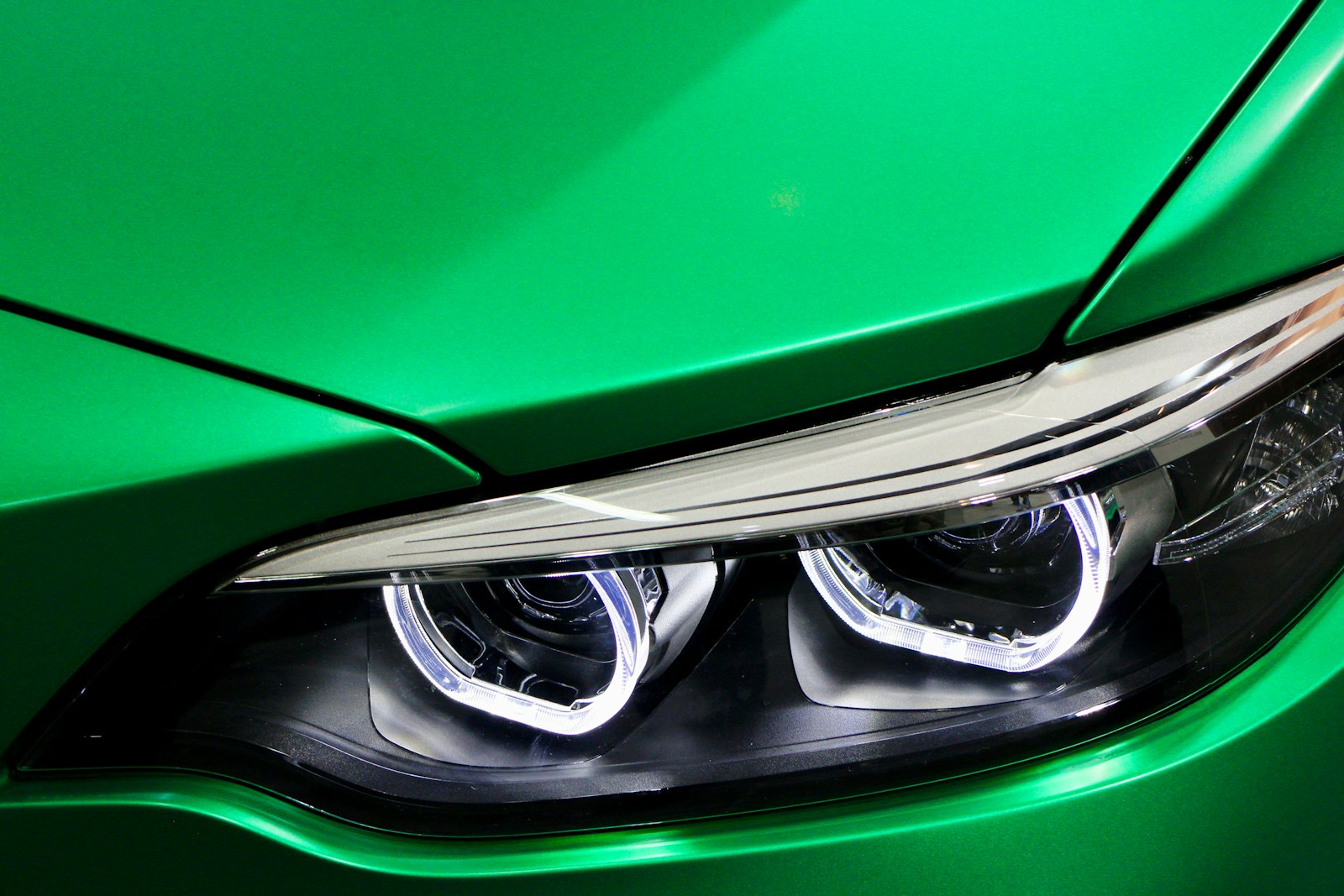
New research indicates that the paint on your vehicle can start to fade within just a few years of exposure to environmental factors, affecting millions of cars and potentially lowering their resale value. This fading is not merely a cosmetic issue; it can impact the longevity of your vehicle’s exterior and even hide underlying damage. Understanding why this happens and how to mitigate it is crucial for car owners looking to maintain their vehicle’s appearance and value.
The Hidden Dangers of UV Exposure
One of the primary culprits behind paint fading is ultraviolet (UV) radiation from the sun. Studies show that UV rays can break down the chemical bonds in car paint, leading to a dull or chalky appearance. According to the National Highway Traffic Safety Administration (NHTSA), approximately 75% of vehicles in the U.S. are exposed to over 200 hours of direct sunlight each year, accelerating the fading process significantly.
For example, a 2020 Honda Civic, regularly parked outdoors in sunny climates, may begin to show signs of faded paint within three years. The impact can be even more pronounced for darker colors, which tend to absorb more heat and UV rays, leading to accelerated degradation.
Environmental Factors and Their Impact
Beyond UV exposure, various environmental factors contribute to paint fading. Acid rain, pollutants, and even bird droppings can create chemical reactions that wear down paint over time. Research indicates that vehicles in urban areas experience faster paint degradation due to higher levels of pollution and exposure to corrosive substances.
A recent study published in the “Journal of Environmental Science” reported that cars parked near industries were subjected to up to 30% more contaminants than those in suburban settings. As a result, owners of models like the 2021 Toyota RAV4 or the 2022 Ford F-150 should be particularly vigilant about maintaining their paint finish if they reside in such environments.
The Role of Poor Maintenance
Inadequate maintenance practices exacerbate the fading issue. Regular washing and waxing are essential for protecting a vehicle’s paint from environmental damage. Experts recommend that car owners wash their vehicles at least once a month and apply a quality wax every three months to create a protective barrier.
Neglecting this maintenance can lead to a significant reduction in the paint’s lifespan. A study by the Car Care Council found that only 20% of car owners perform regular maintenance on their vehicles, leading to accelerated wear and tear, particularly in models like the 2019 Chevrolet Malibu or the 2021 Subaru Outback.
Choosing the Right Paint and Protectants
Not all automotive paints are created equal. Some manufacturers have begun to use more advanced paint technologies that offer better UV protection and durability. For instance, vehicles from Tesla, such as the 2022 Model 3, are known for their high-quality paint finishes, which resist fading better than many traditional paints.
Additionally, aftermarket ceramic coatings have gained popularity in recent years. These products create a protective layer over the vehicle’s paint, providing enhanced resistance to UV rays, dirt, and other damaging elements. Car owners who invest in these coatings often report a noticeable difference in their paint’s longevity and appearance.
Understanding Warranty and Resale Value
Faded paint is not just an aesthetic concern; it can also affect a vehicle’s warranty and resale value. Many manufacturers offer paint warranties that cover defects but not wear due to environmental exposure. If a vehicle’s exterior is significantly faded, it may be challenging to sell or trade-in at a favorable price.
According to Kelley Blue Book, a vehicle’s resale value can decrease by as much as 15% if the exterior is not well-maintained. For a 2020 Ford Explorer valued at $30,000, that could mean a loss of up to $4,500, underscoring the importance of maintaining the vehicle’s paint.
What You Can Do to Protect Your Investment
To mitigate the fading of your car’s paint, consider taking proactive steps. Firstly, always park in a garage or use a car cover when parking outdoors. This simple action can significantly reduce UV exposure and environmental damage.
Additionally, investing in high-quality car wash products and protective coatings can extend the life of your vehicle’s paint. Many auto detailing services offer packages that include ceramic coatings, which can be a smart investment for preserving your car’s appearance.
